.webp)
Published on
March 18, 2025
10 Types of Bank Account Fraud & How to Protect Your Business
In this story

Accelerate AML Compliance: Meet Regulatory Demands with 80% Less Setup Time
.svg)
.svg)
Bank account fraud is a big issue that we cannot ignore because it damages the trust customers have in banks and can hurt the reputation banks have been working so hard to build.
With digital banking and new payment options growing fast, fraudsters are finding more ways to take advantage of weak spots in the system. Smaller banks and fintech companies are often hit the hardest because they might not have the same resources as larger organizations.
What is Bank Account Fraud?
When someone illegally accesses or manipulates a bank account to steal money or personal information (this could involve a. stealing account details, b. opening accounts with fake identities, or c. tricking people into transferring money), they’re committing bank account fraud!
In the past (mainly before 1994, when the first instance of digital fraud was documented), bank account scams were often physical, like forging checks or stealing credit cards. In the last two decades though and especially with online banking, fraudsters have used advanced methods to commit all sorts of bank account scams like phishing to trick people into giving up passwords or personal details and unauthorized transfers or fake accounts.
Comply quickly with local/global regulations with 80% less setup time
.svg)
.svg)
Common Types of Bank Account Fraud
These are the most popular types of bank fraud, luckily though, there are steps you can take to protect your accounts from all types of bank fraud.
1. Identity Theft and Account Takeover
Fraudsters steal personal information like Social Security numbers or passwords and then they use that information to access someone’s bank account, the first thing they do is change account settings, and then they start making unauthorized transactions, or even open new credit accounts in the victim’s name.
This type of fraud is getting easier because there is more personal data floating around online and through social media. See this bank fraud example: Khaled gets an email alert about a new mortgage being taken out in his name. He didn’t apply for a mortgage. After checking, John finds out someone stole his personal information from a phishing attack. They changed his account settings and applied for the loan. If his bank had notified him about suspicious login attempts, this could have been prevented.
What to Look Out For:
- Changes to an account that the customer didn’t make.
- Unexplained withdrawals or charges showing up.
- Alerts of login attempts from unknown locations or devices.
How to Prevent It:
- Use multi-factor authentication (MFA) and continuously monitor accounts for unusual activity. This helps catch anything suspicious early. If someone tries to change account details or make unauthorized transactions, having strong security in place can stop them from getting far.
- Device fingerprinting can help too, by tracking IP addresses, browser types, and device IDs, to identify and flag suspicious logins from unfamiliar or unrecognized devices, preventing unauthorized access to accounts.
2. Check Fraud
To explain this common type of bank account fraud, we’ll look at one of the examples of fraud in banks: Rania noticed a check for $3645 deposited into her account, but she never wrote it. The bank checked it out and found out the check was altered (the person who had the check changed the amount from $364 to $3645.
Check fraud usually involves using checks in an illegal way to steal money. It could be 1. a forged check (signing someone else's name) 2. an altered check (changing the amount) or 3. even a completely fake check.
Signs to Watch For:
- Large checks deposited or cashed that don’t match the account holder’s usual activity.
- Checks with strange details like altered amounts or signatures that look off.
- Customers calling about checks they didn’t issue.
To help your customers avoid check fraud, encourage them to regularly review their statements, and for your bank, it would be better to use imaging systems and digital tools to detect forged or altered checks quickly.
3. Money Mule Schemes
A good explanatory bank fraud example of money mule schemes is: Ahmad receives an email offering a “work from home” job where he’s asked to transfer money from one account to another. He’s promised easy pay and no real effort. After a few weeks of doing it, he finds out he’s been used as a mule to launder stolen money. If Ahmad had known the signs of a scam, he could have avoided being tricked.
One of the common bank scams is for fraudsters to recruit people to move stolen money on their behalf. These money mules sometimes may not even realize they’re helping criminals (as is the case with Ahmad in the previous example of bank fraud). The fraudsters typically promise easy money for doing very little, like transferring funds.
This type of fraudulent bank account fraud is popular because it is a low-risk crime because they don’t directly handle the stolen money but rather rely on others, often tricking them into doing the dirty work as part of a fraudulent bank account theft.
Red Flags:
- Unsolicited job offers online, promising high pay for simple tasks.
- Large transfers of money, especially to international accounts, don’t seem to have a clear purpose.
- People you don’t know send funds to unknown accounts.
To help your customers avoid this type of bank account fraud, you need to educate them about these schemes and tell them never to transfer money to strangers, no matter how legitimate the job sounds. Banks should monitor unusual transfers and verify them when needed.
4. Insider Fraud
At X Bank, an employee has been transferring small amounts of money into their personal account over time. They were able to do this without raising any alarms because they knew how the system worked. After a routine internal audit, the bank caught the fraud, and they made sure to tighten their internal controls moving forward.
This type of fraud in banks happens when an employee at the bank uses their position to steal money or information for personal gain. It’s particularly dangerous because first, employees have access to sensitive data and second, they know how to bypass the system and cover their tracks.
Warning Signs:
- Employees who seem to be living beyond their means or making big purchases.
- Employees who are unwilling to take time off or leave their positions.
- Sudden changes in behavior, like working extra hours without a clear reason.
In our example we saw how important internal audits are, also real-time monitoring systems are effective in detecting any suspicious activity. Set clear boundaries and segregate duties so no one person has too much control over critical systems.
5. Synthetic Identity Fraud
This is a different type of identity theft. It happens when criminals create fake identities by combining real information with made-up details to open bank accounts and apply for loans.
Signs to Look Out For:
- Accounts with mismatched or inconsistent information.
- A sudden increase in credit applications from new accounts.
- Customers with poor credit but applying for large loans or credit.
How to Stop It:
To help customers avoid bank account theft, banks should use advanced tools to cross-check identity information across multiple data sources. By running additional checks, you can spot inconsistencies and catch these fraudsters before they do too much damage.
6. Card Fraud and Card-Not-Present (CNP) Transactions
Look at this example of fraud in banking: Jack, a frequent flyer, notices his credit card bill has three large charges for airline tickets, but he hasn’t traveled in months. Upon investigation, the bank finds that his card details were exposed in a data breach.
This doesn’t mean Jack lost his money, actually, the bank can and will reverse the charges, but Jack can also learn to set up additional security through alerts and card freezing to protect himself from future incidents.
When a fraudster gains access to a person’s debit or credit card information, whether through stealing the card or through online scams, they can easily make unauthorized purchases or withdraw funds.
In the case of CNP fraud, a fraudster doesn’t need to have a physical card in hand. Instead, they use card details to make online purchases or payments. These types of fraud in banking are often overlooked because the cardholder may not realize their information is compromised until after the transaction is complete.
Typical signs of types of fraud in banking (Card and CNP fraud):
- A customer calls in, claiming multiple unauthorized online purchases.
- They notice recurring charges from unfamiliar websites or services.
- Transactions may take place in a different country or from locations that don’t match the customer’s usual spending habits.
Strategy to Minimize Fraud:
To protect against card fraud, banks must enforce stronger authentication measures such as 3D Secure or tokenization, especially for online transactions. These tools verify the identity of the cardholder.
7. Social Engineering Attacks
Social engineering = manipulation. These attacks take many forms, but the goal is always the same: gain access to sensitive data.
Fraudsters don’t always need sophisticated tools or techniques; often, they rely on their ability to manipulate people as they prey on human emotions like fear or curiosity to steal information.
Red flags to watch out for:
- A customer receives an urgent email or phone call from someone claiming to be a bank official, asking for login credentials.
- Requests for sensitive information that come via unfamiliar or unexpected channels (e.g., social media).
- People contact the bank, claiming they are locked out of their accounts and need emergency access.
Take a look at this explanatory example:
Amal, a bank employee, receives an email that looks like it’s from the bank's security team, claiming there’s suspicious activity on her account and asking her to confirm her login credentials. She’s asked to click a link that appears to lead to the bank's site. Luckily, Amal notices something off about the URL and calls the bank’s fraud department. It turns out, this was a phishing attempt. If she had fallen for it, the fraudster could have accessed her account and stolen her funds.
8. Wire Transfer and ACH Fraud
Let’s say the finance department at X Corp receives an email that seems to be from the CEO, instructing them to wire $49,000 to a new vendor’s account. The email was a spoof; the real CEO had not sent the request. By the time they confirmed it with the CEO, the funds had been transferred to an offshore account. Going forward, X Corp will implement a mandatory phone confirmation for all wire transfer requests.
Warning signs that should raise red flags:
- A business receives an unexpected request for a wire transfer or ACH transaction from a customer or supplier.
- The request seems rushed or urges quick action.
- A change of bank details or routing numbers is requested without clear confirmation.
The best strategy to defend against wire transfer fraud might be to implement multi-factor authentication (MFA) for all wire transfer and ACH instructions.
9. First-Party Fraud
First-party fraud happens when an individual intentionally defrauds the bank by providing false information, either on an application or by misrepresenting their intent. This often includes taking out loans or lines of credit without intention of paying them back.
How to Spot It:
- Individuals applying for credit with inconsistent or false personal information.
- A sudden increase in credit usage, with no prior credit history or a background of financial instability.
- Accounts opened with incomplete or fabricated documents.
How to Combat It:
- Rigorous identity verification and cross-referencing applications with external databases (such as credit reports or government records) can help identify discrepancies.
- Monitoring for rapid spikes in credit activity can also help identify when fraud is taking place.
10. Mobile Banking Fraud
Mobile banking fraud occurs when fraudsters target vulnerable mobile banking apps or use unsecured networks to access and steal personal or account information.
The most popular tactics and common bank scams include spoofing legitimate apps to trick users into entering their details or intercepting communication when using unsecured Wi-Fi networks. Explore the following example:
Jessica receives an email telling her to update her banking app to avoid losing access to her account. The link takes her to a fake version of her bank’s app, and once she enters her login details, the fraudster steals her credentials. The bank acts quickly, freezes her account, and works with her to restore her security. In response, the bank introduces 2FA for all mobile app logins, requiring a second layer of protection.
What to be aware of:
- Unauthorized transactions appearing on mobile accounts.
- Alerts or logins from unfamiliar locations or devices.
- Suspicious behavior when using banking apps, like unexpected requests for additional credentials or information.
The Right Measures to Protect Customers:
- Encourage customers to enable two-factor authentication (2FA) on their mobile banking apps and to use secure, private Wi-Fi connections when accessing their accounts.
- Banks should also regularly update mobile apps to close any security gaps.
Bank Account Fraud Prevention Strategies
After discussing the most common bank account fraud types, it would be beneficial to explore prevention strategies that help both customers and institutions:
1. Enhanced Customer Verification Processes
- Implementing multi-factor authentication (MFA) for all transactions.
- Using biometric technology (fingerprint or facial recognition).
- Dynamic Knowledge-Based Authentication (KBA) questions.
2. Employee Awareness and Training
- Regular training on recognizing phishing attempts and social engineering tactics.
- Creating clear protocols for handling sensitive data.
- Encouraging employees to report unusual activity without fear of reprisal.
3. Leveraging Technology for Fraud Detection
- Using AI-powered tools for real-time fraud detection:
- Identifying abnormal transaction patterns.
- Detecting unusual account behavior or login locations.
- Behavioral biometrics to spot anomalies in customer interactions.
4. Strong Internal Controls
- Limiting access to sensitive information based on roles.
- Automating transaction monitoring for real-time alerts.
- Conducting frequent audits to identify weaknesses in controls.
5. Educating Customers
- Launching awareness campaigns about common fraud tactics.
- Sharing real-world examples of fraud attempts and how to avoid them.
- Promoting secure banking practices, such as monitoring accounts regularly and using strong passwords.
6. Collaboration and Industry-Wide Sharing
- Partnering with fraud detection consortia to share insights and trends.
- Collaborating with law enforcement to track and prosecute fraudsters.
- Participating in forums for real-time updates on emerging threats.
How FOCAL Helps Prevent Bank Account Fraud
The FOCAL platform offers an advanced fraud detection and prevention solution that leverages artificial intelligence and machine learning to identify suspicious activities.
FOCAL provides strong fraud prevention by monitoring real-time transactions and customer behavior to spot unusual activity quickly. It uses behavior patterns to detect any signs of fraud and sends instant alerts to investigators when something risky happens. The system is easy to integrate with your existing banking setup and generates detailed reports to help fraud teams respond quickly.
Bank Account Fraud FAQs
Q1. What are the most common signs of bank account fraud?
Unfamiliar transactions, login attempts from unknown locations, or changes to account details without customer action.
Q2. What should I do if I suspect fraud in my bank account?
If you notice fraud in your bank account, immediately notify your bank, lock/freeze your account if possible, and monitor for further unauthorized activity.
Q3. How does artificial intelligence enhance fraud prevention?
AI identifies patterns and anomalies faster than manual processes, allowing for real-time fraud detection.
Streamline Compliance: Achieve 80% Faster Setup for Fraud Prevention
.svg)
.svg)
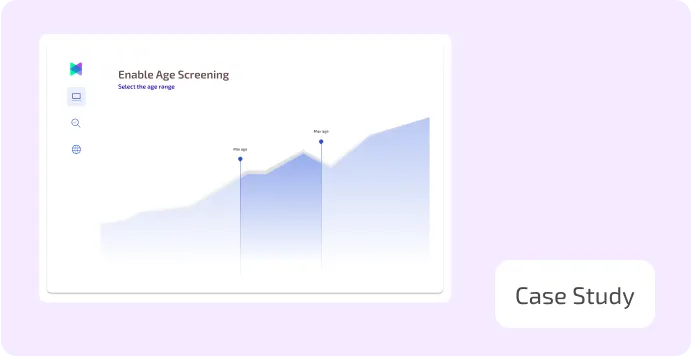
How Aseel reduced onboarding time by more than 87% using FOCAL
Learn how FOCAL empowered Aseel to achieve new milestones.
.svg)
.svg)
Mastering Fraud Prevention: A Comprehensive Guide for KSA and MENA Businesses
51% of organizations fell victim to fraud in the last two years, don't be caught off guard, act proactively.
.svg)
.svg)
Featured blog posts
.svg)
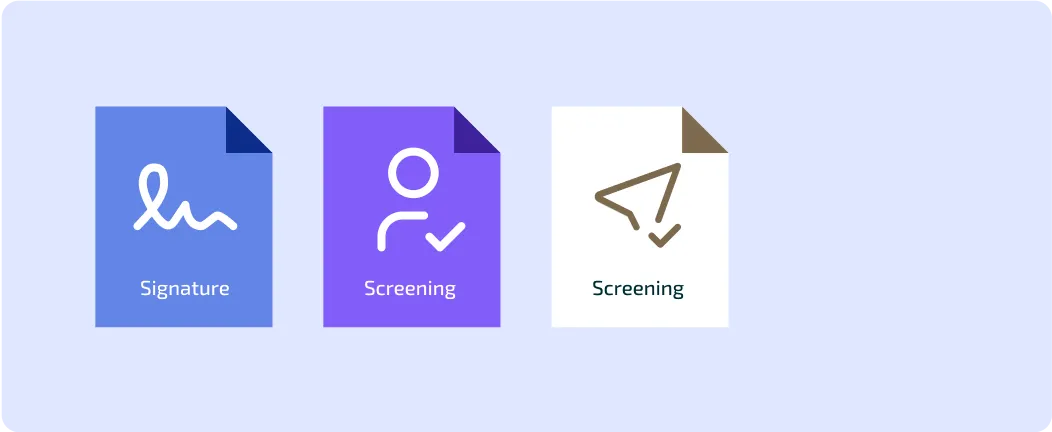


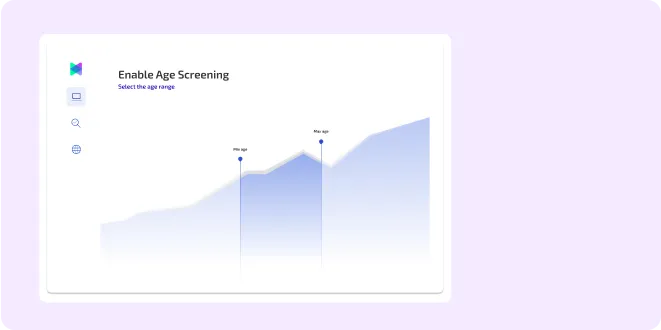
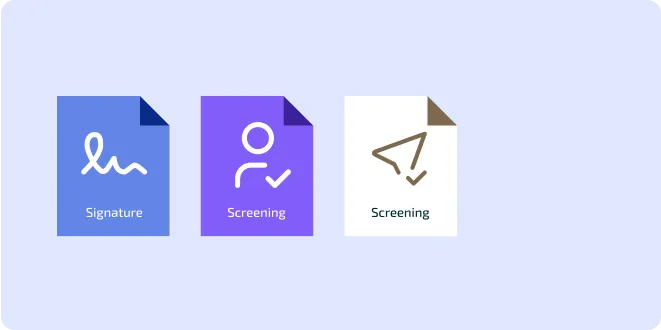
AI-Driven Precision in Fraud Risk and AML Compliance
.svg)
.svg)

.svg)
.png)





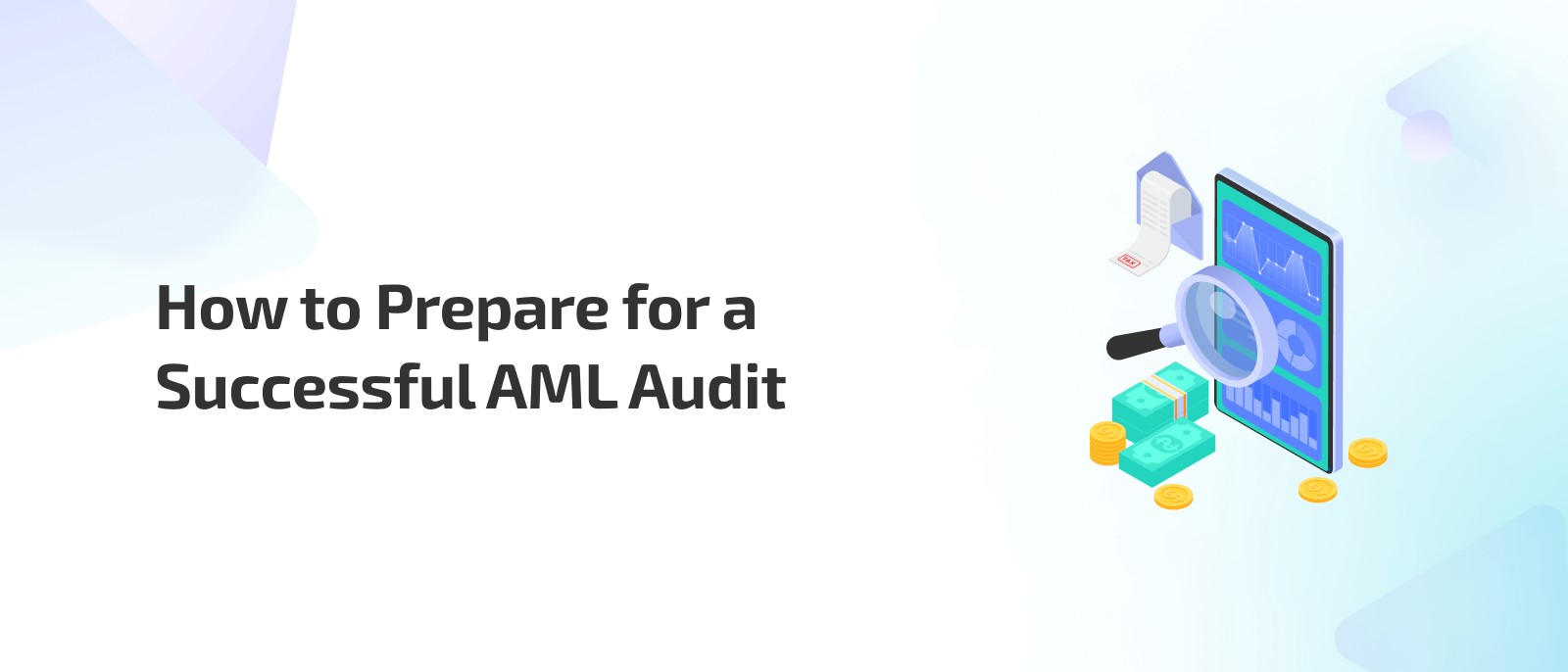
.webp)




.svg)








%20(1).webp)
Comments
Leave a Reply
Comment policy: We love comments and appreciate the time that readers spend to share ideas and give feedback. However, all comments are manually moderated and those deemed to be spam or solely promotional will be deleted.